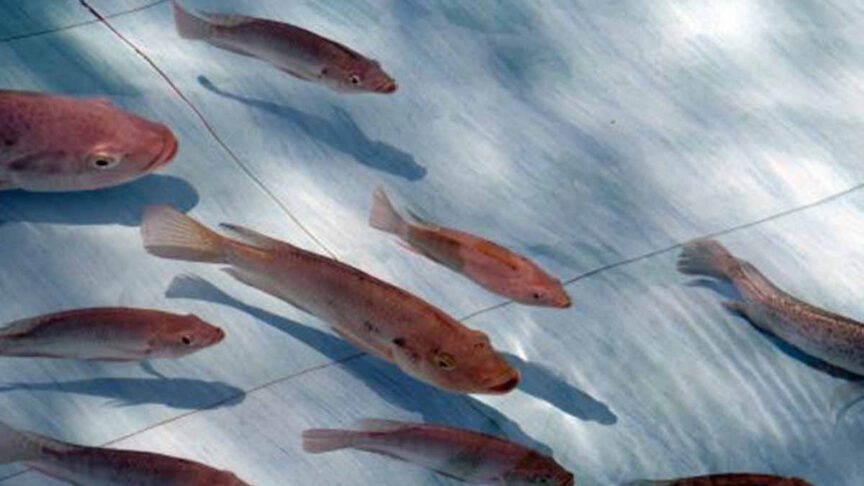Aquaponics is an agricultural system that merges hydroponics and fish farming, having fish farming as the source of nutrients for your hydroponics garden. It is 100% natural and more environment-friendly.
How does it work?
You will need to have your fish tank linked to your hydroponics system. The source of water in this case will not be a reservoir but the waste water from your fish tank.
The waste water from your fish tank is passed through a bio-filter, and the Ammonia is broken down before the plants have access to it.
The water is passed through a settling tank where the solid waste settles at the bottom of the tank. The solid waste is then moved to a bio-filter where it is broken down into Nitrites by Nitrosomonas bacteria.
Afterwards, Nitrobacter bacteria acts on it and converts it to nitrates. This process is known as nitrification. It converts ammonia into absorbable nitrates for plants. After the nitrates have been absorbed by the plants, the water gets purified in the process and is sent back to the fish tank. The whole process is repeated consistently.
You may only need to top up water in the fish tank if you should notice the water level has been affected by evaporation.

Fish as a Nutrient-Source in Aquaponics
The excreta from your fish serve as fertilizer, providing nutrients to your plants in your hydroponics system. So you won’t need to add any nutrient solution to the water, like in regular Hydroponic Systems.
The only input in this system is the feed you give to your fish. In turn, your fish releases Ammonia in the water which is further broken down into nitrates for your plants.
Aquaponics Farming – A complete cycle of life
Aquaponics farming imitates the relationship among aquatic lives, water, bacteria, nutrient dynamics and planktons (water plants). It is safe to practise and natural.
All the necessary nutrients required for growth are provided from the waste released by your fish. This system is water-conservative and self-sustaining.
Correct filtering in Aquaponics system
There are various Aquaponics systems and each system is characterized by a specific filter method.
The Deep Water System uses a foam floating on water as a filter and to provide insulation for the plants. This system requires a large volume of water. It stabilizes the temperature of the system because of its water requirement.
The Media-Based Aquaponics requires the use of rocks or gravel for filtration. These rocks or gravel help in draining the waste water and cleaning the water simultaneously.
This system, however, is not suitable enough for large scale Aquaponics growing.
The Raft Aquaponics system uses a raft as a bio-filter. The raft floats on the water collected from the waste in the fish tank. There are holes bored on the floating board, enabling the plants to sit firm and absorb the nutrients available in the water.
In the Nutrient Film Technique, the plants sit in net pots, and the net pot sit in channels. This way, they are able to access the waste water from the fish tank.


Comments
Pingback: Everything you need to know about Aeroponics – Just Hydroponic